Walking The Awkwardly Heroic Yet Often Depressing Path of Near Impossible Catastrophe Evasion Through Kick-Ass Poetics
This week on HowlRound, we are exploring Theatre in the Age of Climate Change. How does our work reflect on, and responds to, the challenges brought on by a warming climate? How can we participate in the global conversation about what the future should look like, and do so in a way that is both inspiring and artistically rewarding? Florida-based performance artist Elizabeth Doud, with whom I co-moderated the panel Climate, Action and Cultural Collaboration at the Cultural Mobility Symposium & Conference in January (Martin E. Segal Theatre Center, New York), discusses the role of artists as activists, the need to infuse climate change work with poetics, and having the courage to put ourselves out there for the love of our planet.—Chantal Bilodeau
I am an out post-post-modern tree-hugging vigilante mermaid and cultural industries agent, and a citizen of the Kickasspora: a new territory of systems change and fused multiplicities where art is not a luxury but a necessary tool that we wield in a larger project of remembering, witnessing, reimagining, and celebrating a radical insurgency of love and reverence for this amazing planet we like to call home. No, I’m serious. It’s not as touchy-feely as it sounds. It’s actually slogging, tough, and paradoxical work that is not for the queasy.
The climate movement is so complex that it needs to be poetic to affect change in consciousness and penetrate the depths of our seemingly impossible current paradigm—and shake it up. Artists who relentlessly create images, texts, operas, music, performances, and films about this issue are infiltrating into spaces that many activist campaigns and government advisories can’t reach. We have the tools to hypnotize and beautifully permeate a subconscious. We break hearts and incite laughter one-on-one in intimate spaces of image and visceral transference. We make rituals and allow communities to witness new propositions with an emotional vulnerability that unites us in our humanity, and in our greater universal connectedness.

It is one of the best things we do as a species. Our ability to construct new realities, which shift souls, spark revolutions, and appeal to our higher-order interrelatedness, is so perfect for handling a crisis of this magnitude that it has to play a role in doing what our governments and industries have failed to do.
Making theatre in the age of climate change or the age of the Anthropocene, or dead smack in the middle of what writer Elizabeth Kolbert eloquently unpacks as the “sixth extinction,” is what I like to call the radical practice of walking the awkwardly heroic path of near-impossible catastrophe evasion through poetics. And it is, I think, one of the hardest jobs out there today.
As a multidisciplinary performing artist, I instinctively shifted towards making work about the larger meta-story of the climate crisis about eight years ago, interested in how vast and complex the micro-narratives and metaphors were. How extremely real and urgent they felt—and still feel—with tentacles reaching into all areas of the human and non-human experience. I’ll simply never run out of story… Oh, and I live in Florida. ’Nuff said.
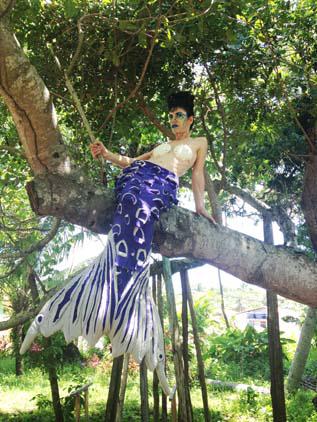
Brief context of our climate change sitch-y-a-shun and the small problem of extinction: Human societies are facing the unprecedented challenges of climate change and the subsequent environmental collapse caused by the extraction of resources from the earth, and the rampant processing and consumption of these resources. Communities, industries, cultures, and governments around the world are facing these challenges with responses ranging from urgent proactivity (the minority) to mild or complete denial (the majority).
This crisis has been precipitated by the industrialized systems of capitalism, underpinned by fundamentalist ideologies of a globalized free market and rising neoliberalism. There is an international policy debate on the best ideological path we must take to avoid total extinction, but the overwhelmingly in agreement global scientific research community says we have no more time for discussions. The only solution is a drastic contraction of resource consumption and total reformation of the systems that encourage and support this consumption.
Because the anticipated consequences of the collapse of our economies, societies, and the biosphere in general are so violent, we can postulate that this crisis will test our moral character as nothing before in history. There is a lack of understanding of this massive danger in the human population and less willingness than ever to take action on the part of governments and industries. Naomi Klein has written brilliantly about this in her latest book, This Changes Everything: Capitalism vs. the Climate. This is why, when we refer to climate change’s causes, we are really pointing to deeply damaged political, economic, and social systems, which need to undergo urgent and radical structural reworking in order to stave off the devastating climate shifts underway.
Making theatre in the Age of Climate Change … is what I like to call the radical practice of walking the awkwardly heroic path of near impossible catastrophe evasion through poetics. And it is, I think, one of the hardest jobs out there today.
So, I know exactly why I want to be making this work, yet I feel a tension between wanting to create specific stories for my admittedly limited audiences and feeling the need to leverage my craft for bigger moves in service of the climate—and even larger systems—change movement. I am asking all of my friends, colleagues, and artists I know and meet the following questions:
- What role should artists play to fill this gap in action?
- How can artists create performances/narratives about the climate crisis with a sense of urgency and act efficiently and poetically?
In several informal micro-summits of art-makers and organizers, a series of compelling sub-questions have surfaced, which I think provoke valuable reflection and guidance in our process of making theatre in this context.
- How can we transform the emergencies caused by what author Rob Nixon terms as “slow violence” into narratives and theatrical experiences dramatic enough to arouse public sentiment and ensure sociopolitical intervention? His thesis is that our spectacle-driven attention span has programmed us to overlook and undervalue slower-moving impacts so that we are not reacting to the devastating threats of the climate crisis with the urgency they deserve.
- What is the role of “hope” in the poetics of this issue, and how can we look at it critically as a tool of philosophical manipulation and a needed dramaturgical mechanism? Is hope what we need, or should we replace it with creative intention?
- How can we produce work that has an impact with varied global/local tensions and meet those needs working in collaboration with affected communities?
Besides a low-grade dystopian reverie about the power of arts in the larger climate movement, there are some key points to consider so that we better grasp the myriad complexities and impossibilities that inevitably emerge in the process:
- Any artistic theme that speaks of the climate crisis or the area of environmental justice is “glocal” or “lobal”—local and global—by definition.
This is often distracting for narrative makers as we focus on a local story. We might be addressing the plastics pollution on an island in northeastern Brazil and the death of the local fisheries, but also know that the planet’s oceans are choked with garbage gyres that overshadow, in terms of magnitude, the less-visible, or not-so-news-worthy litter on a local beach. From a dramaturgical standpoint, telling the massive global story is not as interesting as the local story—it’s vaguer, slower, and has way too many players to have emotional connectivity—but it’s inextricably connected to our local narrative, and can, if we are crafty, emerge through our careful telling of specific local issues.
➢ Any culture project involving a study of the climate crisis or the area of sustainability in the environment is interdisciplinary by definition.
The trans-multi-intra triad isn’t new to contemporary artmaking, so the idea of bringing other disciplines into our creative milieu is by no means revolutionary. However, many artists making theatre about climate change engage with scientists and other non-arts sector researchers to create a basis for the work, oftentimes wanting to make it more legitimate and fact-based so audiences will be “edified” and moved somehow by the hard data. This can be a trap as audiences report a feeling of fatigue, and don’t often process hard data emotionally. It’s simply too much for us to digest and act on if there is not an emotionally evocative story to wash it down with.
I have been unpacking these two considerations and using them as constant contextualization prompts for my work. They also allude to, and elucidate, useful concepts of interconnectivity of systems, which reminds us that this issue cannot be conceived of within current political, social, ideological, or geographic borders, and that we are dependent on the health of the whole for survival—kind of like a theatre ensemble.
What is the role of ‘hope’ in the poetics of this issue, and how can we look at it critically as a tool of philosophical manipulation and a needed dramaturgical mechanism? Is hope what we need, or should we replace it with creative intention?
By articulating the complex philosophical reflections at the intersection of climate and culture, creating local-global artistic practices, and forming climate culture–action networks, theatremakers already attracted to this type of performance practice will be better able to express these radical and necessary poetics. I have initiated two projects: Climakaze Miami, which is a platform to create networks that expand my tribe of collaborators regionally and globally, and The Mermaid Tear Factory, a performance project that focuses on a specific local catastrophe that needs to be witnessed, unpacked, and processed by the community. It feels like a way to straddle this new territory.
A colleague of mine recently made a statement to me about one of the core operating principles of his organizing and art-making. He called it “outness.” He said that he recognizes outness as a point of departure for every action he takes. He is involved with queer activism primarily, so the semantics have a particular cultural and political reference: to be “out of the closet” fully so as to dilute the repression of silence and our default conduct of remaining hidden in order to avoid confronting denial and/or being discriminated against.
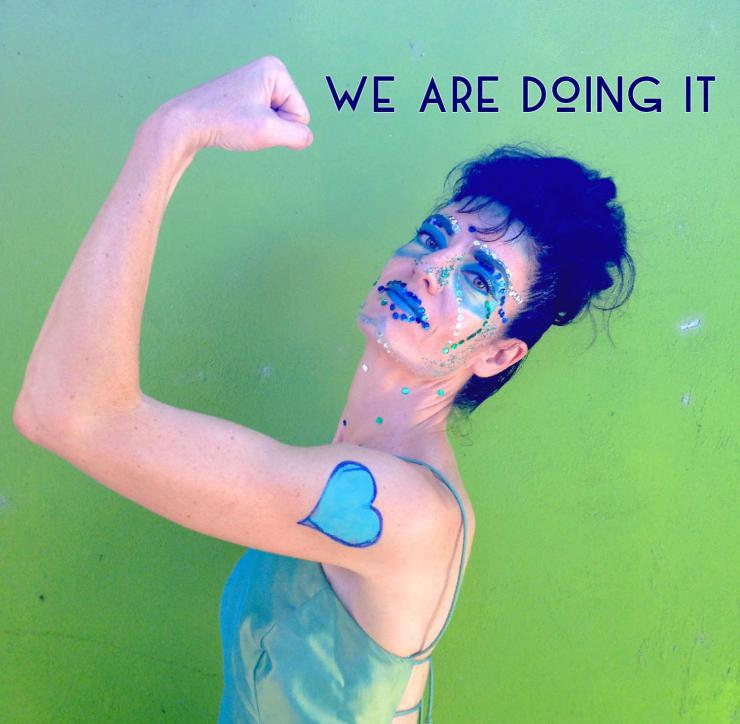
I wanted to adopt this term for my positioning in the work with culture and the climate. Outness in this kind of performance means really digging down and getting clear on what is at stake. We can pick a really late-breaking climate issue for its shock factor, or ride the wave of a certain hipness associated with the breaking politics of the climate movement, but unless we really bare our souls, and confess that these are some of the most heartbreaking and powerful love stories we will ever tell, we won’t be tapping our superpowers in the best service of this art-making. We need to be able to say that we are doing this for the love of our miraculous planet and not feel dorky-hippy about it. We need to be fully out tree-hugging, whale-saving theatremakers with the wit and wordsmithery of Beckett and the political savvy of Boal.
I am advocating for a relentless climate outness. Not that we should trump other important, sometimes cleverly labeled “special interests” in favor of the often-perceived privileged environmental paradigm shift we are seeking. But we should gently, yet persistently, remind ourselves and others that correcting what has led us to this point of climate collapse will get to the root of economic and social injustices kept in place by the marginalization of oppressed factions and ecologies.
I am hereby an out, zero-waste-wanting, po-po-mo tree-hugging vigilante mermaid theatremaker, and I’m not too cool to say it. I encourage artists and other citizens to mount creative demonstrations that examine this emergency in any way possible. Because we are dealing with the highest level of catastrophe I have been witness to in my lifetime, I’m not afraid to say that I believe it is art’s role to sound the siren call to action. Let’s do this.
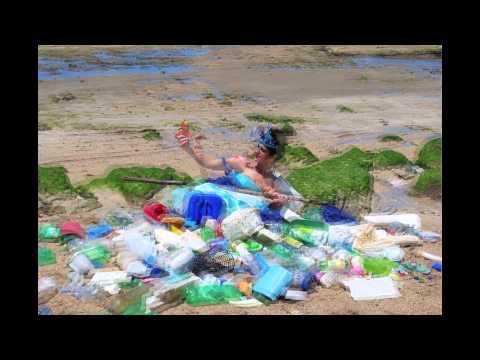

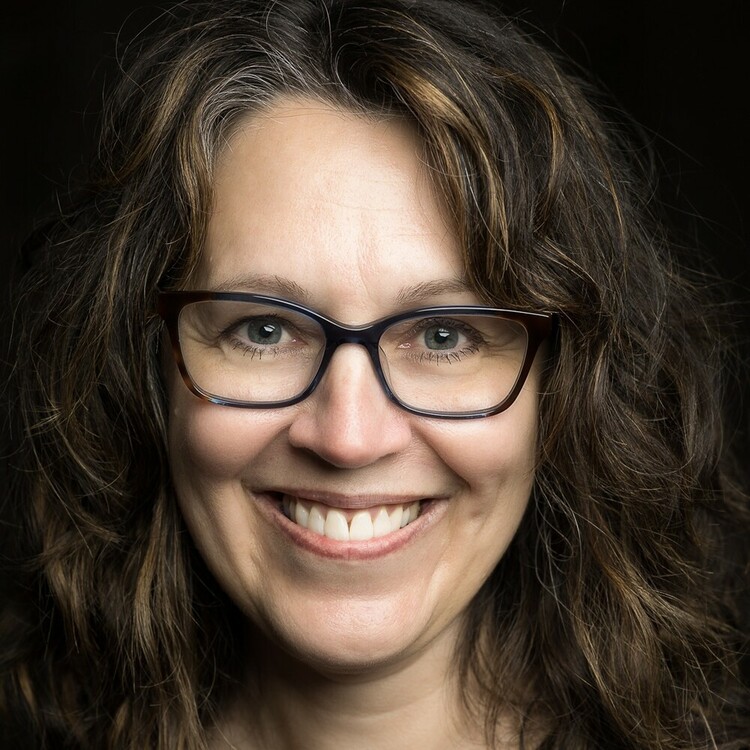






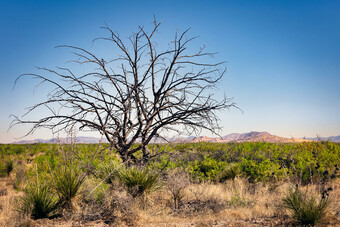

Comments
The article is just the start of the conversation—we want to know what you think about this subject, too! HowlRound is a space for knowledge-sharing, and we welcome spirited, thoughtful, and on-topic dialogue. Find our full comments policy here
Elizabeth Doud, you are truly an inspiration. I love your article. Your courage, smarts and determination are off the charts. Do not stop what you're doing, keep on fighting. This article has ignited a fire in me to join in whatever small way I can.
Thank you for taking this tremendous endeavor on.
Stay well, stay strong, STAY AWARE.
Tomas Lastre
Elizabeth Doud, I love you!! What a wonderful, true and inspiring article you've written. I too am a member of the Kickasspora (how clever of you) and I agree completely that all of us who are fiercely passionate about the state of our world and the chances for changing it, must do exactly what you suggest: To be able to say we are doing this (whatever this is that we happen to be doing) and NOT feel hippy-dorky about doing it. I think those old stereotypes, as with all stereotypes, about people who love the planet being "tree-hugging hippies who are stoned and not in touch with reality," are absurdly out-dated and need to be thrown forever into the bin. Oh but it is difficult, as you remind your readers, to do the work of waking up a dull and mostly sleepwalking society to the truth of our common plight. And often lonely, and discouraging work, yet there is nothing more worthwhile nor important to spend our creative energies towards than this. The very fate of humanity and all living creatures are in the balance, and a precarious one it is.
Keep fighting the good fight, Elizabeth!! thanks for the inspiration today,
Cheers, Leigh jardine